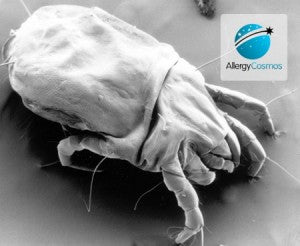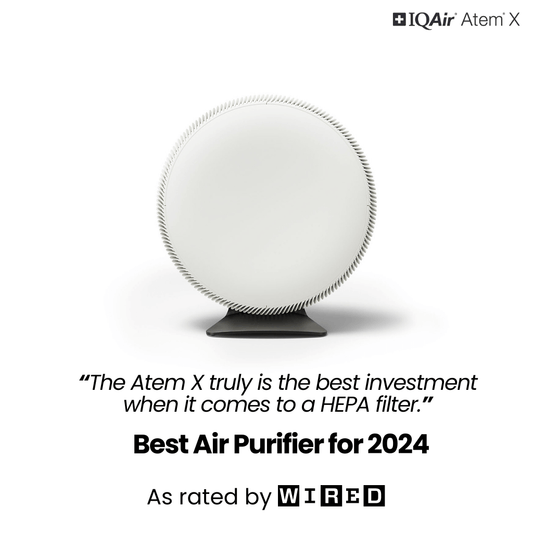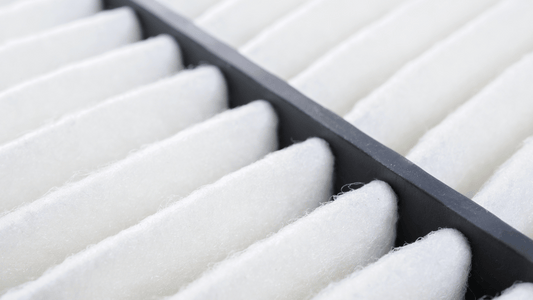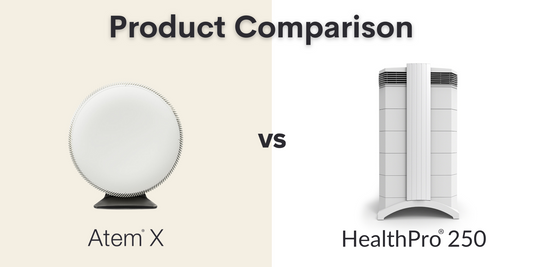A landmark study from Australia, reported in the Journal of Allergy and Clinical Immunology, describes one successful approach on how to control dust mites in bedding which will interest those who have children suffering with asthma triggered by exposure to house dust mites.
What are the best ways to control dust mites in bedding? Homes in humid and coastal areas often harbour high levels of house dust mite allergens and previous research has suggested that, in asthma, there is a clinical benefit to be had from lowering levels. Beds are a key reservoir for house dust mite allergen so this is where reduction efforts ought to be focused. This can be achieved through the use of semipermeable encasing of mattresses, pillows and bed coverings, which reduces the amount of allergen collected from mattress surfaces and covers. Alternatively, it is recommended to use acaricides (which kill the mites) and allergen denaturants. One drawback in regard to allergy-friendly bedding is that the barriers can be slippery, very uncomfortable and hard to change when used to encase all the bedding.
How to control dust mites in the bedding of children? Another part of the study looked at beds used by children known to be sensitised to Dep p 1 - the major house dust mite allergen - or with a history of wheezing, or both. The bed of a sibling close in age was used as a control. Fourteen households (two beds in each) were thus used to examine how to control dust mites in the bedding of children. Dust samples were collected at the start of the study to find out how many allergens were present. Then the 'active' beds were encased (mattresses and pillows) in mite-proof covers. The bedding was washed with an acaricidal additive (active ingredient benzyl benzoate). In a subset of seven households, the wash was repeated twice at two-monthly intervals during the six months of the study. Dust was collected from the beds (both active and control) at four days, four weeks and eight weeks into the trial. This was done by vacuuming the whole bed and collecting for one minute from the sheets, 30 seconds from the pillow and for 30 seconds from the lower bedding below the sheets.
Dust was also collected from the surrounding floor. Allergen was extracted from the dust samples and concentrations (in micrograms of Der p 1) determined by analysis back in the laboratory. The mean concentration of Der p 1 in the active beds was 27.9 micrograms per gram of dust at the start of the study and 18.1 micrograms per gram of dust in the control beds. Four days later, it had decreased to 11.6 per cent of the initial value in the active beds but had not changed significantly in the control beds. At four weeks, it had increased a bit and again at eight weeks, but remained at just under 30 per cent of the initial value. In those households where washing with allergy-friendly laundry detergent was repeated, levels of Dep p 1 fell even more. The researchers conclude that this is an effective allergen avoidance regimen. Encasing mattress and pillows in a mite-proof cover and washing bedding with an allergy-friendly laundry detergent can reduce house mite allergen almost 10-fold and this reduction is maintained over an extended period of time. Source: Vanlaar CH et al (2000). Domestic control of house dust mite allergen in children's beds. Journal of Allergy and Clinical Immunology 105; 1130-1133




